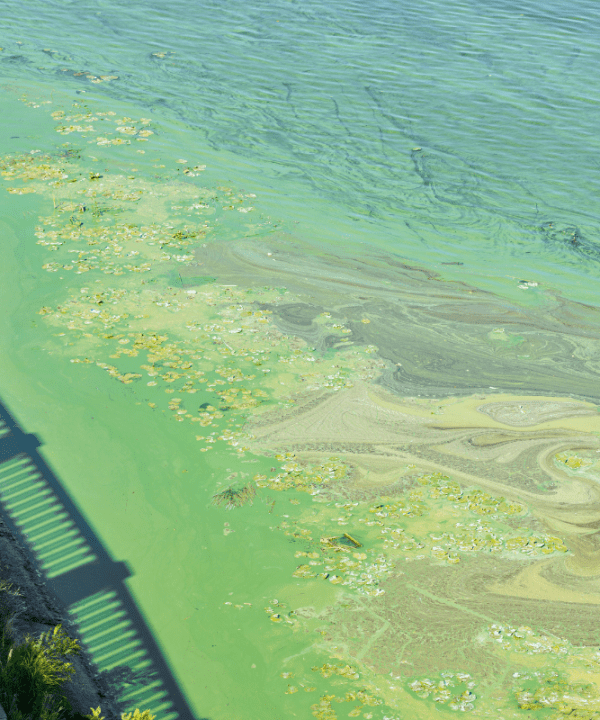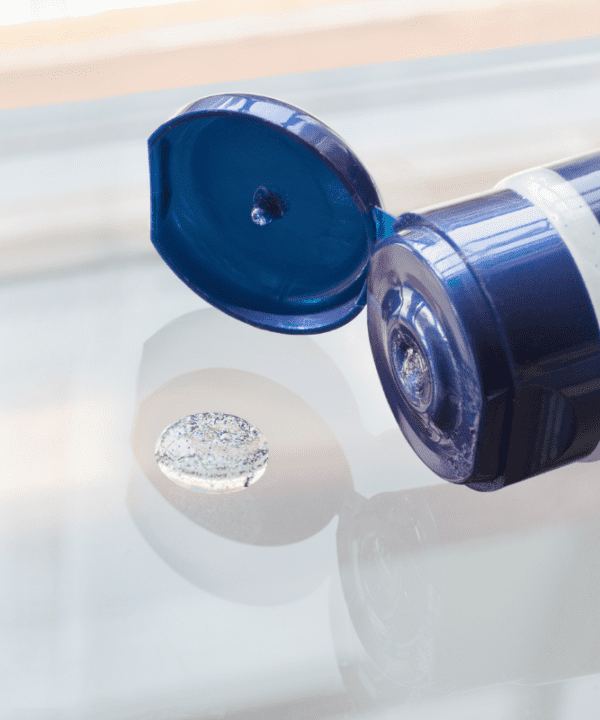
PROJECT DETAILS
- Project No 2002
- Project Name A national approach to risk assessment, risk communication and management of chemical hazards from recycled water
- Lead Organisation Water Research Australia
- Research Lead Griffith University
- Main Researcher Heather Chapman
- Completion Year 2011
Project Description
Wastewater (WW) contains harmful chemicals, including pesticides, that can disrupt normal gene function or hormone activity. The cost of measuring each separate contaminant at the frequency needed to demonstrate the safety of recycled WW is prohibitive. This research reviewed the risk assessment and regulation of chemicals in Australian water, with a focus on ‘thresholds of toxicological concern’. Laboratory techniques were developed to extract and concentrate WW contaminants into solutions suitable for analysis using both new in vitro cell culture assays and analysis in expensive, established chemical tests. WW and treated samples were collected from nine Australian water reclamation plants. The total effect of each sample (which contained a mixture of contaminants) on cell death, gene integrity and aspects of liver, hormone, nerve and immune system activity, was determined using in vitro cell culture bioassays, and compared with the classical chemical measurement of each separate contaminant. The cheaper cell-culture tests correlated well to the levels of groups of chemicals and could be used to find thresholds of toxicological concern. Both testing regimens also demonstrated that reverse osmosis is a highly effective method that removes harmful chemicals to levels much lower than those designated safe by regulatory authorities.





